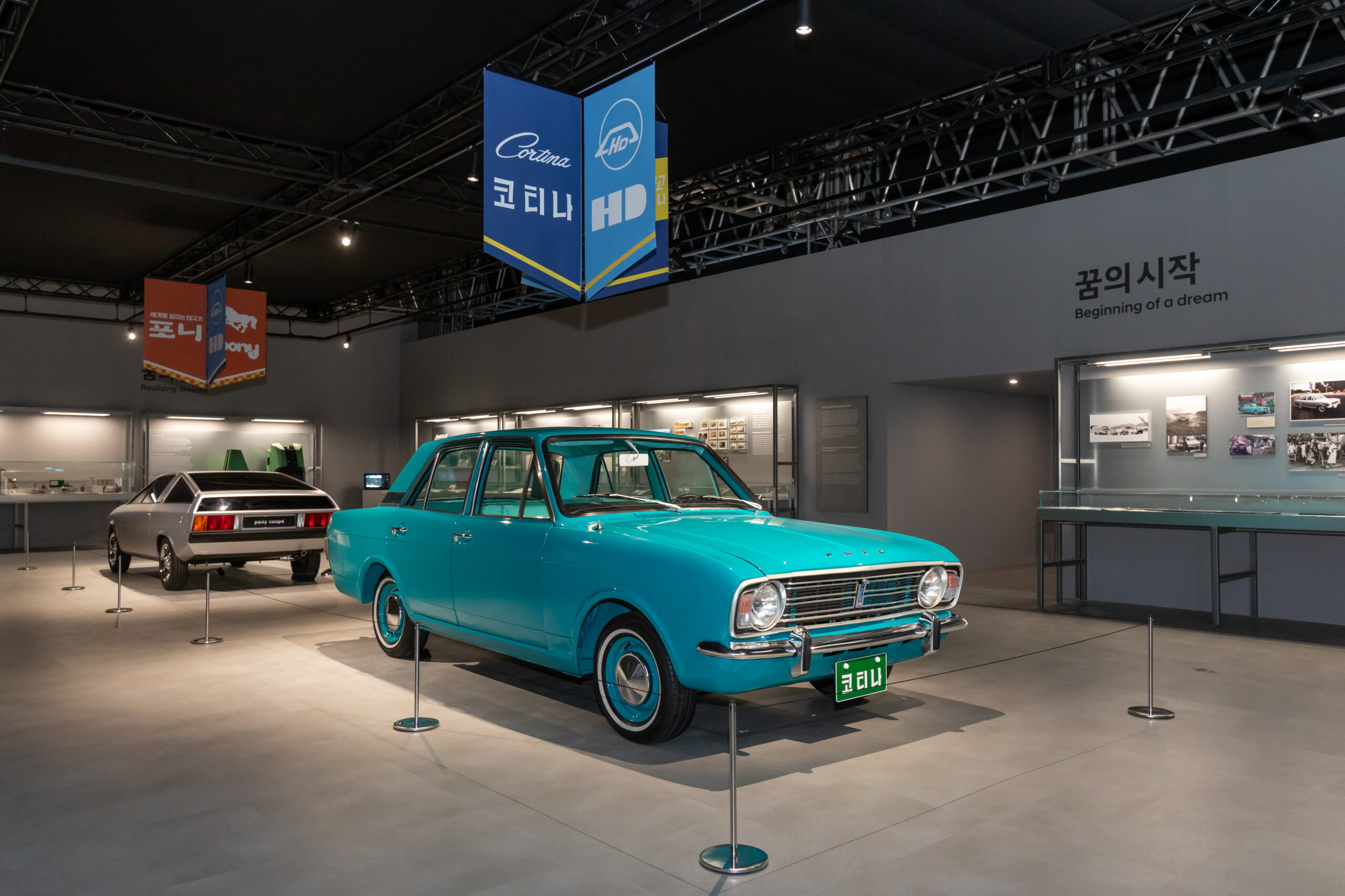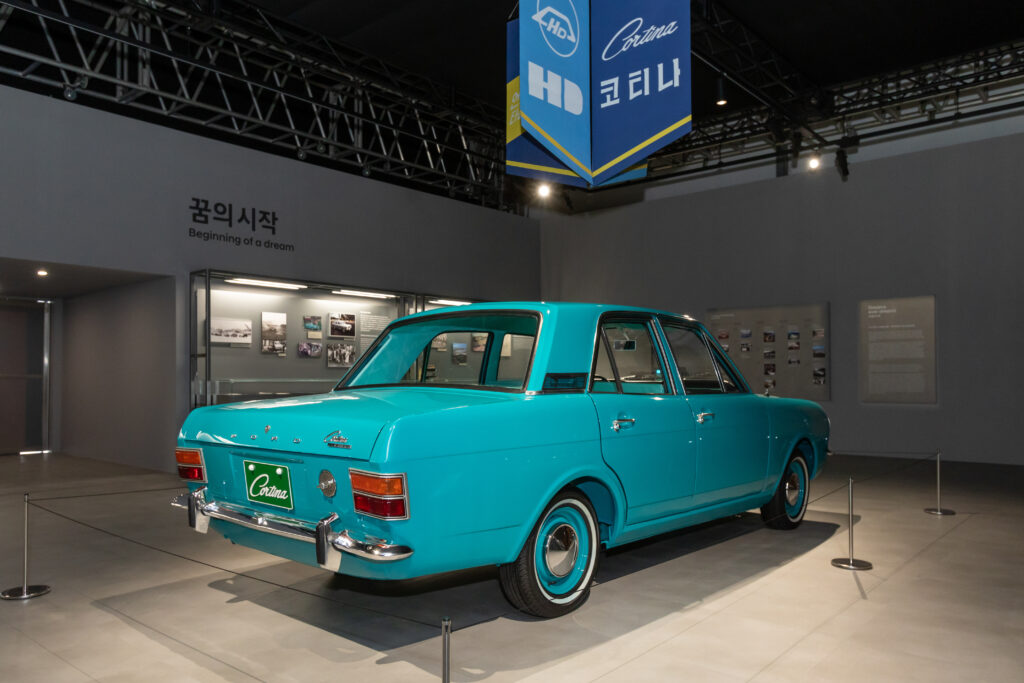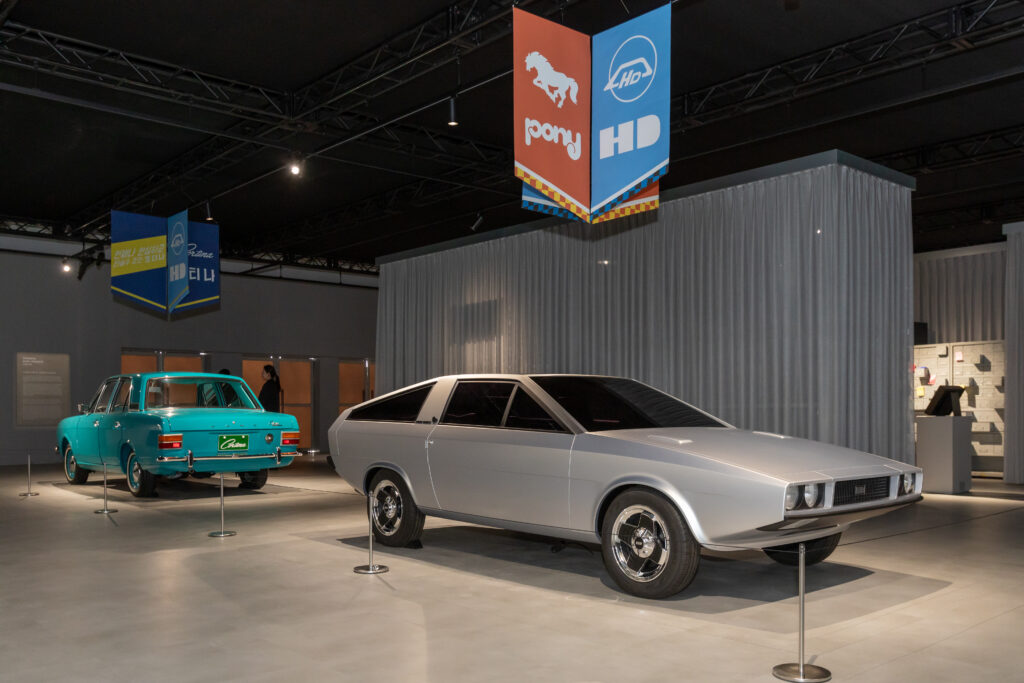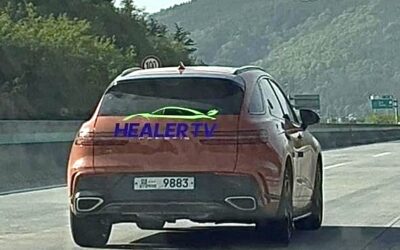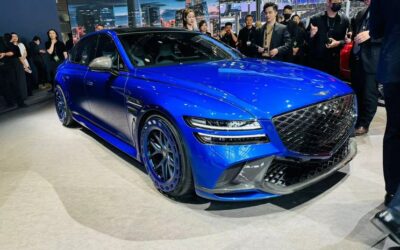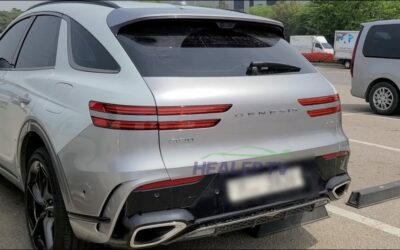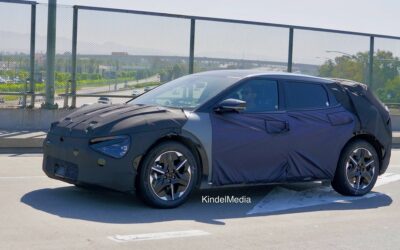Since the early 1960s, Korean firms including Hyundai entered into partnership arrangements with international carmakers, including Nissan (Datsun), Toyota, Mazda, Fiat, and Ford.
During these years, the Korean government and key industrial groups forged alliances as the best way to introduce advanced automotive technology to South Korea.
In 1967, Hyundai Group entered the auto sector as a result of both the Founder Chung Ju Yung’s early ties to the car repair business and growing government pressure.
Entering into a Ford Overseas Assembler Agreement, Hyundai looked to assemble Ford compact cars imported as knockdowns (CKD).
Ford, in turn, would transfer technology and explicit knowledge, such as blueprints, technical specifications, production manuals, and training of Hyundai engineers. The car selected was the Cortina, a medium-sized family car manufactured and marketed initially by Ford of Britain, and then Ford of Europe.
In this special edition, we showcase the early years of Hyundai and its connection to the Ford Cortina.
Following the Hyundai model and moving at Hyundai Speed to take immediate action they leveraged their background as a construction company. The Hyundai Ford plant was operational within 6 months, a record at that time for the Ford assembly plants around the world.
To accomplish the task, Hyundai gathered team members from its construction division who had excellent skills in project management and engineering backgrounds.
Together with support from a team of 10 engineers dispatched from Ford, the Korean engineers, technicians, and construction workers lived together in a makeshift structure near the plant, working 16 hours a day, seven days a week.
The initial car production at the plant focused on 2 models—first the Ford Cortina Mark II and soon after the Ford Granada Mark II. Production numbers grew from 614 cars in 1968 to 7,009 in 1973.
A Korean Car
This early collaboration in the automotive industry would end when the Korean government sought more localization in technology and vehicles.
By 1976, a result of this “Korea Made” effort was the Hyundai Pony, which can be considered as a genuinely Korean car. We’ll share more on the evolution of the Pony in the next segment of our series, stay tuned!

